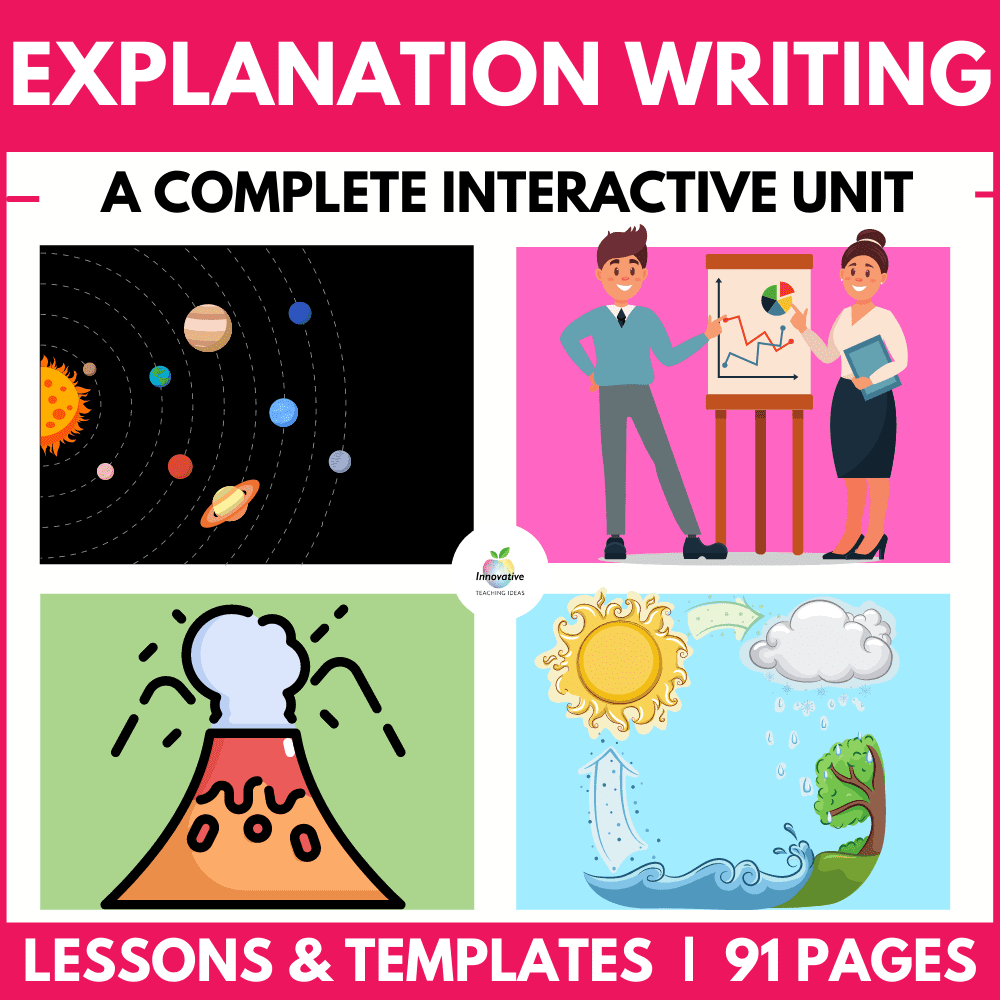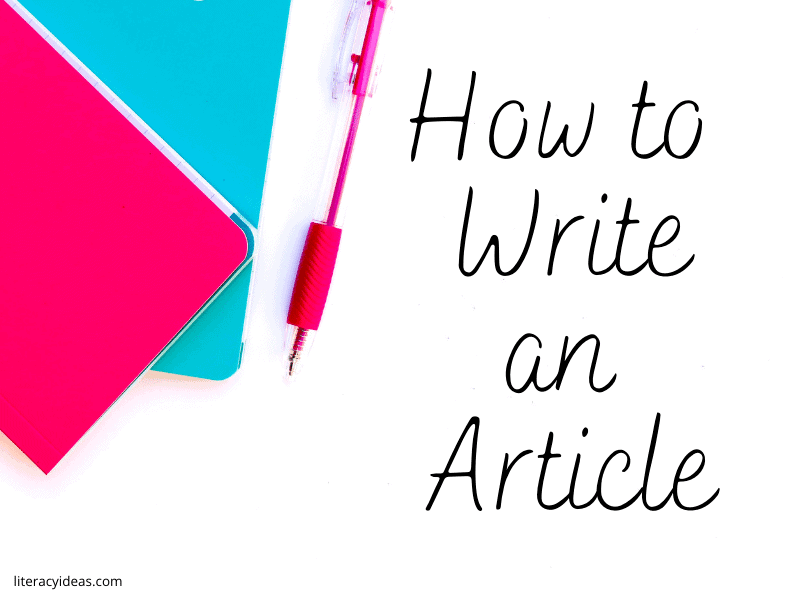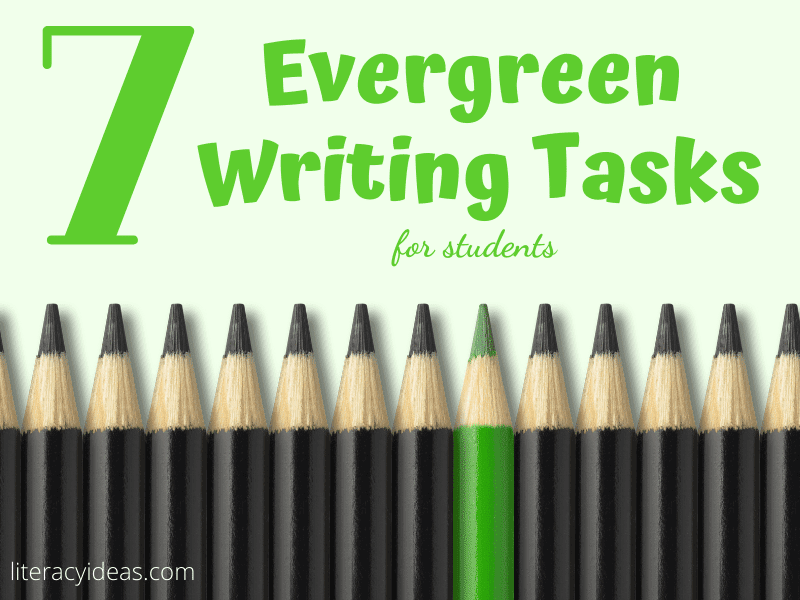

Explanation texts are a text type that is commonly found among the books of most graded reading schemes – and for a good reason!
Not only do they give valuable nonfiction reading practice opportunities to our students, but they help them to develop a wider knowledge about the world around them.
Additionally, explanation texts are a crucial writing genre for our students to master.
In this article, we’ll look at some effective writing strategies to quickly get your students to write well-written explanation texts.
This article has been written to support our complete guide to writing explanation texts which can be found here.
A COMPLETE UNIT ON TEACHING EXPLANATION TEXTS
What Is an Explanation Text?
Explanation texts explain to the reader how something works or why something happens.
Some examples of explanation text titles from the natural world might include The Lifecycle of a Frog, The Water Cycle, or How Bees Make Honey.
We can find plenty of explanation topics in the manmade world too, for example, How a Car Engine Works, How Light Bulbs Work, and Why World War 2 Happened.
At first glance, there are many similarities between procedural texts, such as instruction writing, and explanation texts. They are both nonfiction text types, and explanation texts also frequently focus on how something is done or made.
However, whereas instructions provide a step-by-step guide that walks the reader through how to follow a process to produce the desired end, explanation texts focus on delivering to the reader information on how something works.
Where instructions tell the reader what to do to make something, explanations describe how the thing works.
What Are the Key Elements of Explanation Texts?
Before beginning to write their own explanation texts, students will need to have a good understanding of the key elements of a well-written explanation text.
Usually, the process of internalizing these elements will begin by reading and exploring lots of examples of these texts in class. But, to review, the key structural elements of an explanation text include:
Generic Structure of an explanation text
Title: The title of an explanation text informs the reader immediately what the topic of the text is. Often, explanation text titles will include words like How or Why.
Opening Paragraph: The opening paragraph will quickly identify the process that will be described in the text.
Body Paragraphs: Subsequent paragraphs in the text will explain in a logical sequence how or why the process being described works or occurs.
Conclusion: The conclusion of an explanation text draws everything together and reinforces the key concepts.
Usually, an explanation text will:
- Use a wide range of visual tools to reinforce their message e.g. photographs, illustrations, diagrams, and, in digital publications, video too.
- Focus on the subject collectively rather than an individual example. For example, ‘frogs’ as opposed to a specific frog called Freddie or Kermit!
- Be written in the third person in the present tense. Also, the passive voice is generally adopted.
- Use specific terms and vocabulary related to the topic they’re describing.
- Use cause and effect connectives such as because, therefore, if, etc.
For younger students, writing an explanation text independently is a big ask.
First, your students will need to develop a range of specific skills that they can later pull together in the writing process.
To develop these skills, we need to provide our students with several strategies that they can draw on to assist them later on in the writing process.
In the remainder of this article, we’ll look at some strategies you can use in the classroom as standalone activities or as part of a wider exploration of the genre.
5 Strategies for Writing Explanation Texts
Explanation Writing Tip 1. Brainstorm Ideas
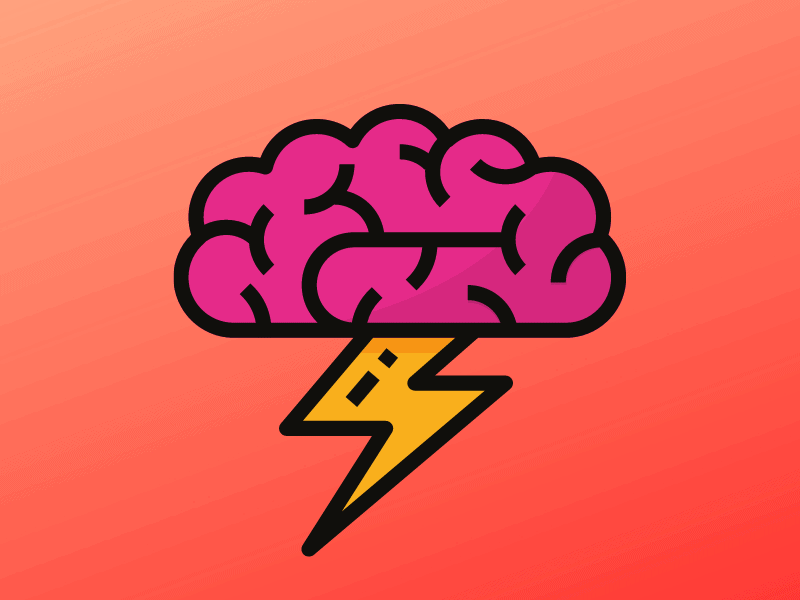
Brainstorming is a powerful tool your students can use to kickstart the writing process.
Students can work in small or large groups and you can even do it as a whole class.
The whole class approach is a particularly useful means of introducing and modelling the process to students.
Brainstorming usually uses questions to generate ideas and draw on prior knowledge. Some useful questions to get a brainstorm going include:
- What is the text about?
- What are you explaining to the reader?
- What will the title be?
- What happens step-by-step in the process?
- What are the important sections of this process?
- What else might you include?
When using the brainstorming strategy with younger students, it’s important to get as many ideas as possible and to encourage every student to be active in the session. To do this, you’ll need to reinforce that there are no ‘wrong’ answers.
The purpose here is to gather as many ideas as possible, not to evaluate them. This can come later.
Brainstorming as a whole class can also provide you with useful information about what your students know and don’t know about the topic of their explanation text.
When students get good at brainstorming as a group, you might want them to practice doing it by themselves.
Providing your students with a graphic organizer, such as a brainstorming web, can be a great supporting tool.
This brings us directly to our next strategy…
Explanation Writing Tip 2. Use Graphic Organizers

Graphic organizers and writing frames are excellent tools to help students organize their information before writing.
In the beginning, your students may not fully grasp the structural features of a new text genre. Using graphic organizers helps the student to internalize the structure as they begin to build their text using the scaffold of the graphic organizer.
Graphic organizers are useful ways to break the text type down step-by-step, helping the student to organize their thoughts and ideas ahead of writing a draft. They provide students with a useful visual guide on how to complete their writing tasks.
Graphic organizers are also great ways to support students with dysgraphia and other writing difficulties.
There are many different types of graphic organizer that students will find useful when writing explanation texts, including:
- A hamburger essay style (5 paragraph essay) graphic organizer
- A cause and effect style graphic organizer
- A steps-in-a-process style graphic organizer
101 DIGITAL & PRINT GRAPHIC ORGANIZERS FOR ALL CURRICULUM AREAS
Introduce your students to 21st-century learning with this GROWING BUNDLE OF 101 EDITABLE & PRINTABLE GRAPHIC ORGANIZERS. ✌NO PREP REQUIRED!!!✌ Go paperless, and let your students express their knowledge and creativity through the power of technology and collaboration inside and outside the classroom with ease.
Whilst you don’t have to have a 1:1 or BYOD classroom to benefit from this bundle, it has been purpose-built to deliver through platforms such as ✔ GOOGLE CLASSROOM, ✔ OFFICE 365, ✔ or any CLOUD-BASED LEARNING PLATFORM.
Explanation Writing Tip 3. Choose Engaging Topics

Writing an explanation text makes demands not just on a student’s writing skills but also on their knowledge of the topic they’re writing about.
To lessen the load on your students, and to ensure their energies don’t get dissipated in researching and learning how something works, be sure to take care with which topics you assign for your students to write about.
The best way to ensure students don’t get overburdened learning about the topic and trying to polish their writing skills at the same time, is to choose engaging topics.
This may mean giving the students some choice in deciding what it is they write about. In this case, your students must have some guidance on how to best choose a topic to write about.
Advise students not to be overambitious when choosing a topic. While it’s a bonus to choose a topic to write about that they find interesting, they also shouldn’t choose something that is overly difficult to explain in relation to their current writing abilities.
Explanation Writing Tip 4. Shared Writing

One of the surest strategies to help younger students to build solid writing skills is to model best practice through shared writing activities.
There are two key components of shared writing. The first is a demonstration and the second is joint composition.
In the demonstration component of shared writing, the teacher writes in front of the class.
While they write, they provide a running commentary of what they are doing and why they are doing it.
This gives the student an insight into the decisions that need to be made while producing a text. It provides practices that the students can emulate during the joint composition stage of shared writing and, later, in their own independent writing.
During the joint composition stage of shared writing, more control is given over to the class.
While in the first component the teacher held the student’s hand and walked them through writing a text, in this stage the students make more of the decisions by offering suggestions for the teacher to write on the whiteboard or flipchart.
While it’s the students’ role to provide the ideas, it’s the teacher’s role to encourage the students to share their thoughts freely, before judging them and accepting the best suggestions.
With shared writing, as the students display greater competency, the teacher should begin to step back and encourage the students to move from dependence towards independence.
This encouragement can take the form of asking prompting questions when the students appear to get stuck.
Eventually, the teacher’s questions will be replaced by the student’s internal dialogue as they learn to ask themselves the necessary questions to move their work forward.
Shared writing can take the form of an explanatory essay, but there are also other forms of explanation texts that work well for these collaborative activities including making a poster as a group, creating a leaflet, or even a PowerPoint presentation.
Explanation Writing Tip 5. Peer Assessment
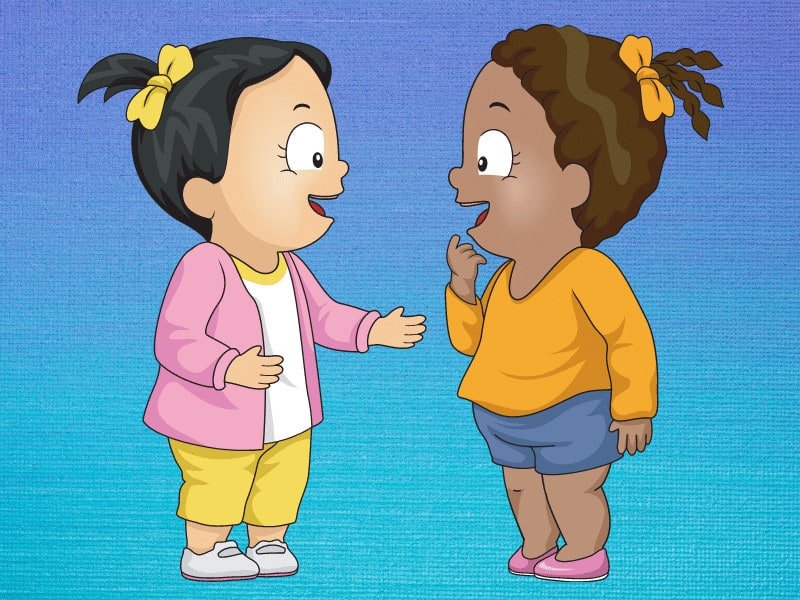
Peer assessment is when students assess their partner’s work. It is often used as part of the editing process and it offers many valuable benefits that will help students to improve their own writing as well as their partner’s.
Firstly, assessing their partner’s work will require the student to engage in a close reading of the text. They will be required to pay close attention to detail and to keep a sharp eye out for the essential criteria of the genre.
Providing a checklist as an assessment tool is a great way to provide the student with guidance on what to look out for, especially when first introducing peer assessment to your class.
Assessing the work of their partner also helps the student to reflect more clearly on their work.
It helps them to grasp more firmly the importance of the role the reader plays in the writing process as it encourages them to begin to consider and anticipate the response of readers to their work.
Not only will students learn to write constructive feedback that will help their partner improve and redraft their work, but they’ll also learn how to respond positively to feedback on their own writing.
Peer assessment is a chance for students to review the skills and criteria of explanation texts in general and to refine them further in the redrafting and editing of their work.
While some students, especially younger students, may be reluctant to judge the work of their classmates, remind them that the purpose of peer assessment is to help each other improve as writers. A good friend will work hard to give the best and most useful feedback to their partner as possible.
Explanation Writing Tip 6. Use Supporting Resources
One of the greatest difficulties students face when producing their explanation texts is when they lack the necessary technical knowledge about the process they’re trying to describe.
It’s important then that our students have access to enough supporting resources to ensure that they can quickly fill any gaps in their knowledge that might become an obstacle to the writing process.
Luckily, there are a wealth of convenient and free resources available online to help students fill these gaps.
One of the most helpful resources for the researching student is YouTube.
There, students will find a ton of great videos breaking down every process from the lifecycle of a butterfly to how plastic is recycled. And all with the added advantage of not burdening the student with yet more reading.
Videos come in all sizes, from full-length documentaries to bite-sized animations. Just be sure your students are adequately aware that not all sources are guaranteed to be reliable. Students will need to compare and contrast a few sources first and consider their origins before selecting which ones to use.
Also, when dealing with younger students, you must make sure the appropriate security settings are selected on the platform and that the necessary filters are in place to prevent the students from accidentally viewing unsuitable content.
In Conclusion
So, there we have it – 5 strategies for explanation writing strategies suitable for younger students.
With time and plenty of practice, your students will be soon writing their own explanatory texts in no time.
And, if they get really good at it, maybe they can even go full meta and write an explanation text on how to write explanation texts!
A COMPLETE TEACHING UNIT ON INFORMATION REPORT WRITING
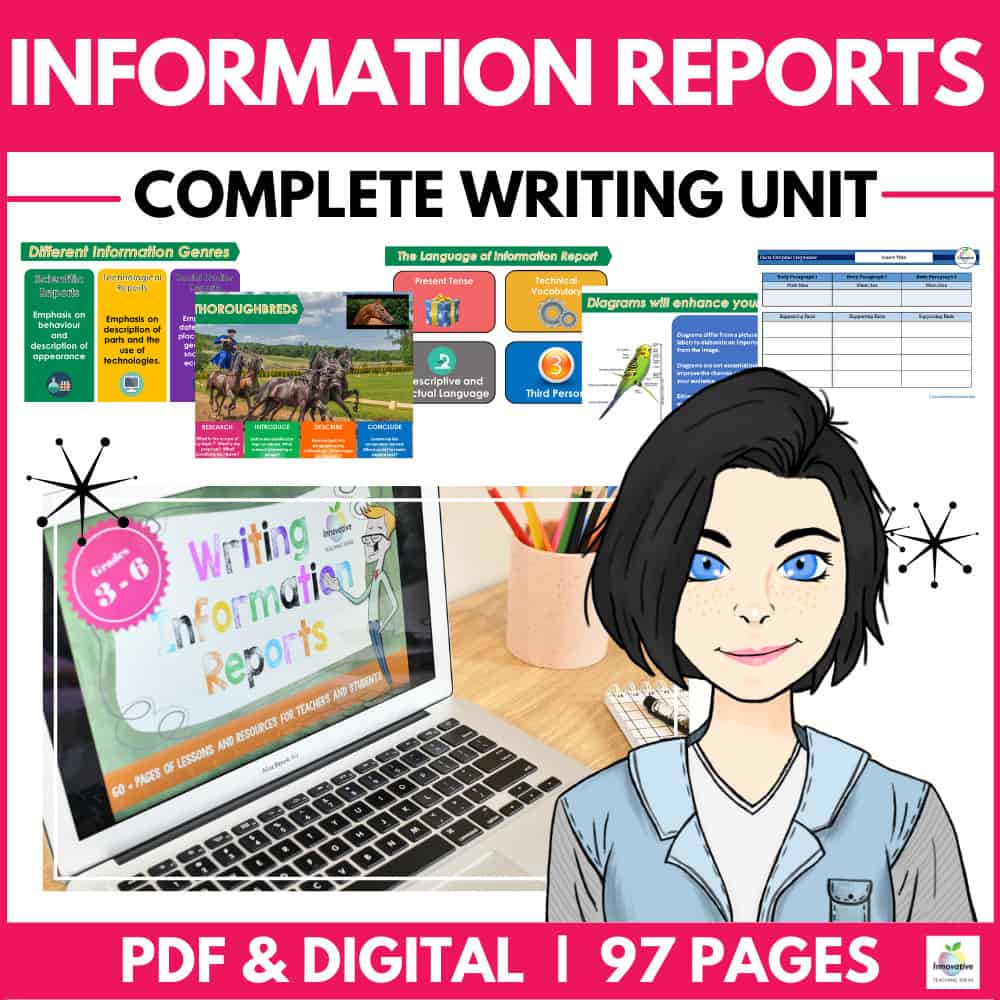
An entire unit of INFORMATION REPORT WRITING awaits you. NO PREP REQUIRED. This editable PowerPoint bundle will allow you to teach your students how to write excellent Information reports using a proven model based on research skills, writing strategies and engaging content. The bundle includes 97 PAGES of:


